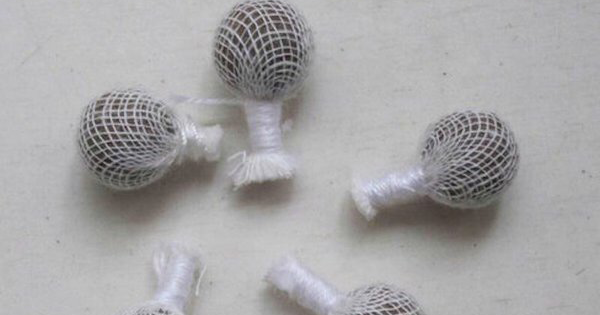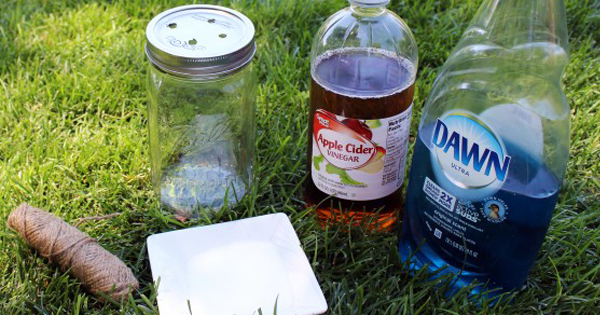With nothing but sunny skies ahead, most of us are just itching to get outside this summer. That means outdoor runs, hiking, camping, swimming—anything, as long as there’s fresh air involved!
No matter how old you are, summer tends to be a time for scrapes, cuts, bruises, and scratches. While you should never stay cooped up at home when the weather is so nice outside, you definitely don’t want to deal with the aftermath of hurting yourself.
Aside from the pain, some of these deep cuts and scratches are bound to turn into scars once they heal.
While scars pretty much mean nothing when you’re a kid, you probably feel different about them as an adult.
It’s not just a vanity problem either—sometimes, scarring means your wound simply didn’t heal properly.
HealthDay News spoke with Dr. Ellen Marmur, an associate clinical professor of dermatology at the Icahn School of Medicine at Mount Sinai Hospital in New York City, to find out how we can avoid being left with nasty scars by the end of the summer.
“The appearance of a scar often depends on how well your wound heals. While scars from surgery or over joints like the knees and elbows are hard to avoid, scars caused by minor cuts and scrapes can become less noticeable by properly treating your wound at home,” she said in an American Academy of Dermatology news release.
According to Marmur, the first step to reducing the appearance of a scar is to make sure you treat your wound properly right from the moment it happens.
She suggests gently cleaning the cut or scratch with warm water and soap to remove dirt and keep germs away from the area. Next, spread a thin layer of petroleum jelly on the wound and cover it with a bandage.
Why use petroleum jelly? Marmur says it will keep the wound from drying out and scabbing over, so it doesn’t leave a terrible scar.
As long as you change the bandages and petroleum jelly daily, you don’t even need to use antibacterial ointments to treat the cut.
If you have a much larger wound that feels itchy and looks red, Marmur suggests using hydrogel or silicone gel sheets to reduce inflammation.
After the wound finally heals completely, always make sure to cover it with sunscreen (SPF 30 or higher) when outside to reduce any brown or red discoloration in the area.
“Although no scar can be completely eliminated, most scars do fade over time. If you’re worried about the appearance of a scar, see a board-certified dermatologist. A dermatologist can answer your questions and talk about ways to make your scar less visible,” she said.
Do you have any tips to keep a scar from forming? Tell us in the comments!
Photo Copyright © 2007 Raelene Gutierrez/Flickr





